Table of Contents
Ever wondered, "Are yoga pants compression?" You're not alone! The world of activewear can be confusing, especially when trying to decipher the differences between yoga pants and compression pants. Both hug your body, but their purpose and functionality differ significantly. This article dives deep into the core of this question, unraveling the truth behind compression technology and its application in yoga pants. We'll explore how compression works, the benefits it offers for performance and recovery, and how to choose the right pair for your needs. Get ready to understand the science behind the squeeze, from improved blood flow to enhanced muscle support. Whether you're a seasoned yogi or just starting your fitness journey, this guide will equip you with the knowledge to make informed decisions about your activewear. We'll also discuss the difference between yoga and compression pants, and if compression yoga pants are right for you.
Understanding Yoga Pants vs. Compression Pants: What's the Real Difference?
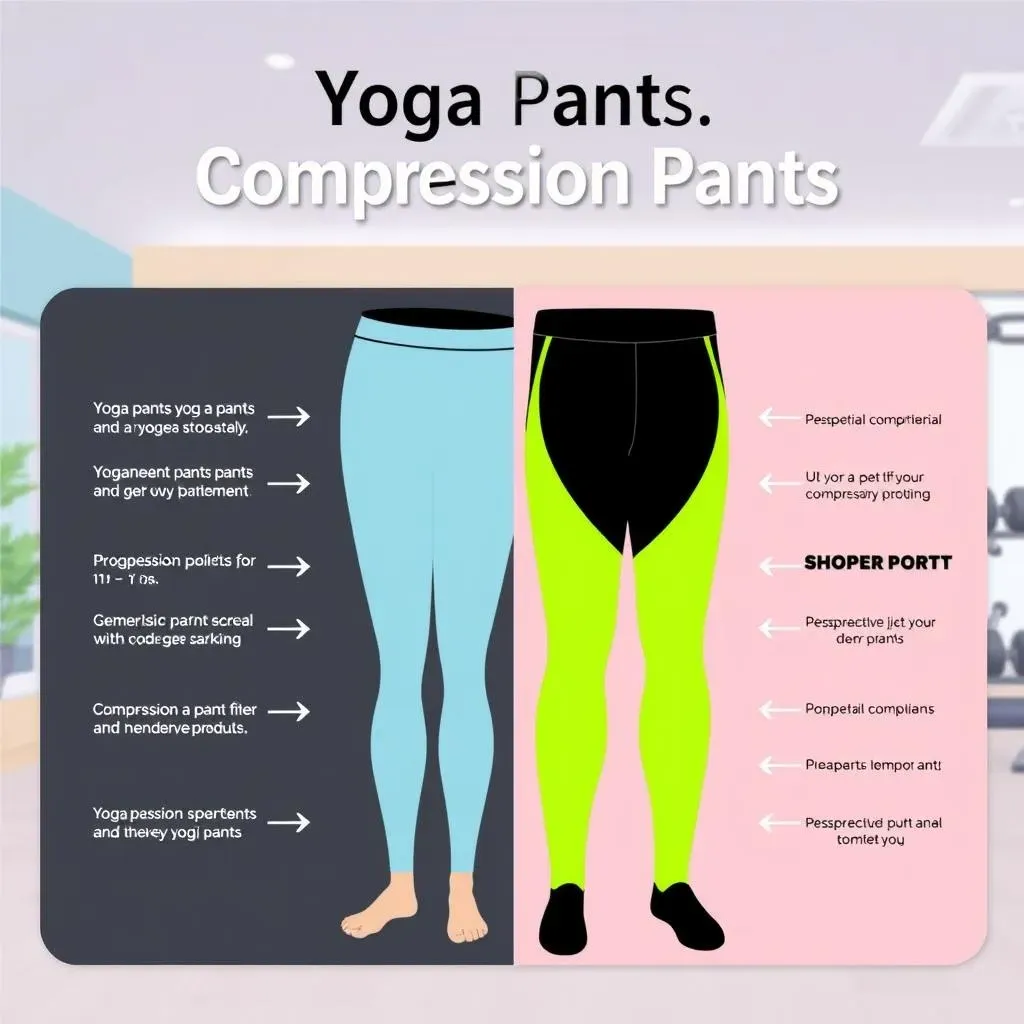
Understanding Yoga Pants vs. Compression Pants: What's the Real Difference?
The Core Function: Comfort vs. Performance
so let's break down the fundamental difference. Yoga pants are primarily designed for comfort and flexibility. Think of them as your go-to for lounging, gentle stretching, or, well, yoga! They're typically made from soft, stretchy fabrics like cotton blends or lightweight synthetics. The focus is on allowing a full range of motion without restriction.
Compression pants, on the other hand, are all about performance. They're engineered to provide support and enhance circulation. The fabric is tighter and more compressive, applying gentle pressure to your muscles. This can help reduce muscle fatigue, improve blood flow, and even minimize post-workout soreness. They're your training partner, not your couch companion (though you *can* wear them on the couch, no judgment!).
"The key difference lies in the intention: Yoga pants prioritize comfort, while compression pants prioritize performance enhancement through support and improved circulation."
Fabric and Fit: The Feel and the Function
The fabric and fit contribute significantly to the different experiences. Yoga pants often have a looser fit, especially around the calves and ankles. The material is usually breathable and soft against the skin, allowing for a comfortable, unrestricted feel. Think of those super-soft leggings you love to wear all day – those are probably yoga pants.
Compression pants are designed to fit snugly, almost like a second skin. They're made from high-performance fabrics that offer excellent support and moisture-wicking properties. The tighter fit is crucial for delivering the intended compression benefits. They might feel a bit restrictive at first, but that's the point – they're actively working to support your muscles.
Feature | Yoga Pants | Compression Pants |
|---|---|---|
Primary Function | Comfort and Flexibility | Performance and Support |
Fabric | Soft, stretchy materials (cotton blends, lightweight synthetics) | High-performance, compressive fabrics |
Fit | Looser fit, comfortable | Snug, second-skin fit |
The Science Behind Compression: How Compression Yoga Pants Work
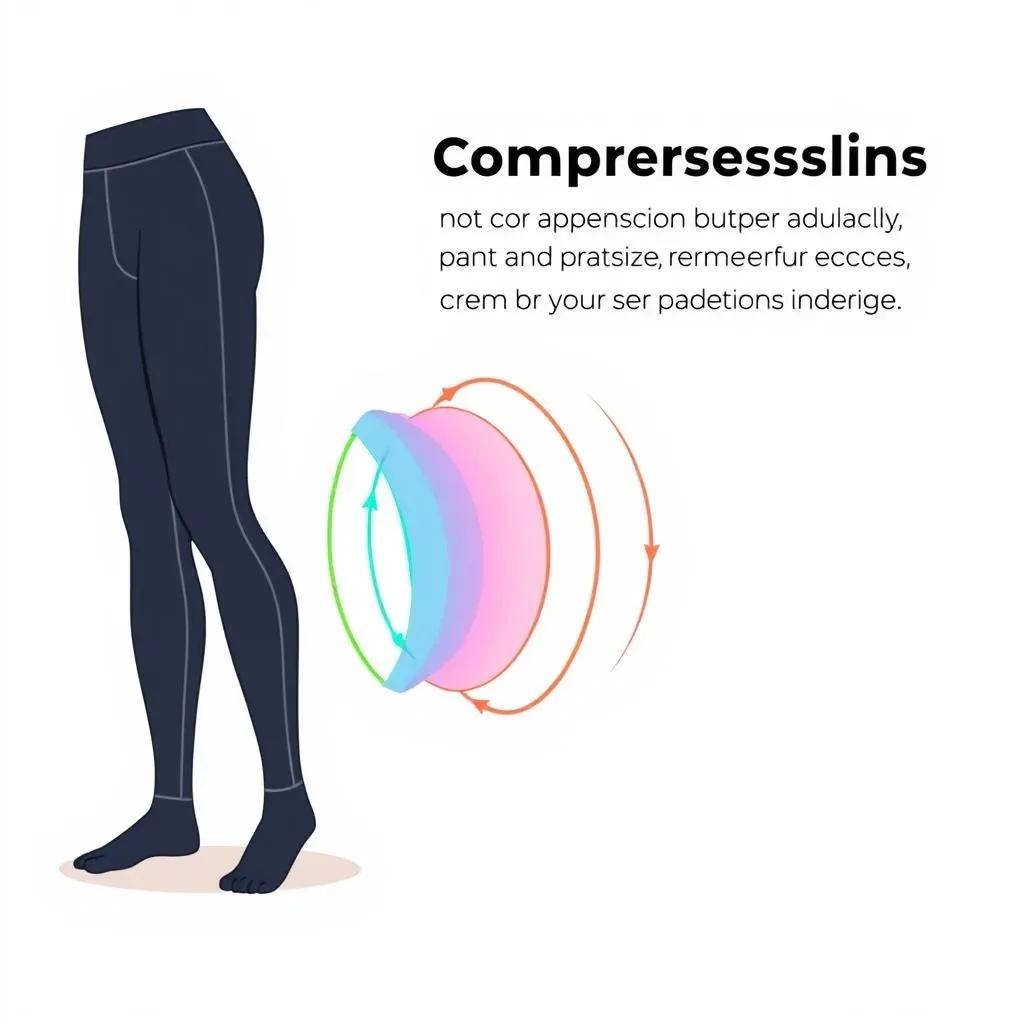
The Science Behind Compression: How Compression Yoga Pants Work
The Pressure Gradient: Enhancing Blood Flow
The magic of compression lies in its graduated pressure. Compression yoga pants aren't just tight all over; they're designed with a specific pressure gradient, meaning the compression is strongest at the ankles and gradually decreases as it moves up the leg. This graduated pressure plays a crucial role in enhancing blood flow. By gently squeezing the veins, compression encourages blood to flow back towards the heart more efficiently, combating the effects of gravity that can cause blood to pool in the lower extremities.
Think of it like gently squeezing a tube of toothpaste from the bottom – the pressure helps move the contents upwards. This improved circulation has several benefits, including reduced swelling, decreased muscle fatigue, and faster recovery after exercise. The enhanced blood flow delivers more oxygen and nutrients to the muscles, fueling performance and aiding in the removal of metabolic waste products that contribute to soreness.
Muscle Stabilization: Reducing Vibration and Fatigue
Beyond blood flow, compression also plays a vital role in muscle stabilization. During exercise, muscles vibrate, which can lead to fatigue and even injury. Compression yoga pants help to minimize this vibration by providing external support. The snug fit of the fabric acts like a brace, holding the muscles in place and reducing the amount they jiggle and move with each stride or pose.
This stabilization effect is particularly beneficial during high-impact activities like running or jumping, but it can also be helpful during yoga, especially in poses that require balance and stability. By reducing muscle vibration, compression helps to conserve energy, allowing you to work out harder and longer with less fatigue. It's like having an extra layer of support that helps you maintain proper form and reduce the risk of strain.
Benefits of Compression in Yoga Pants: Performance and Recovery
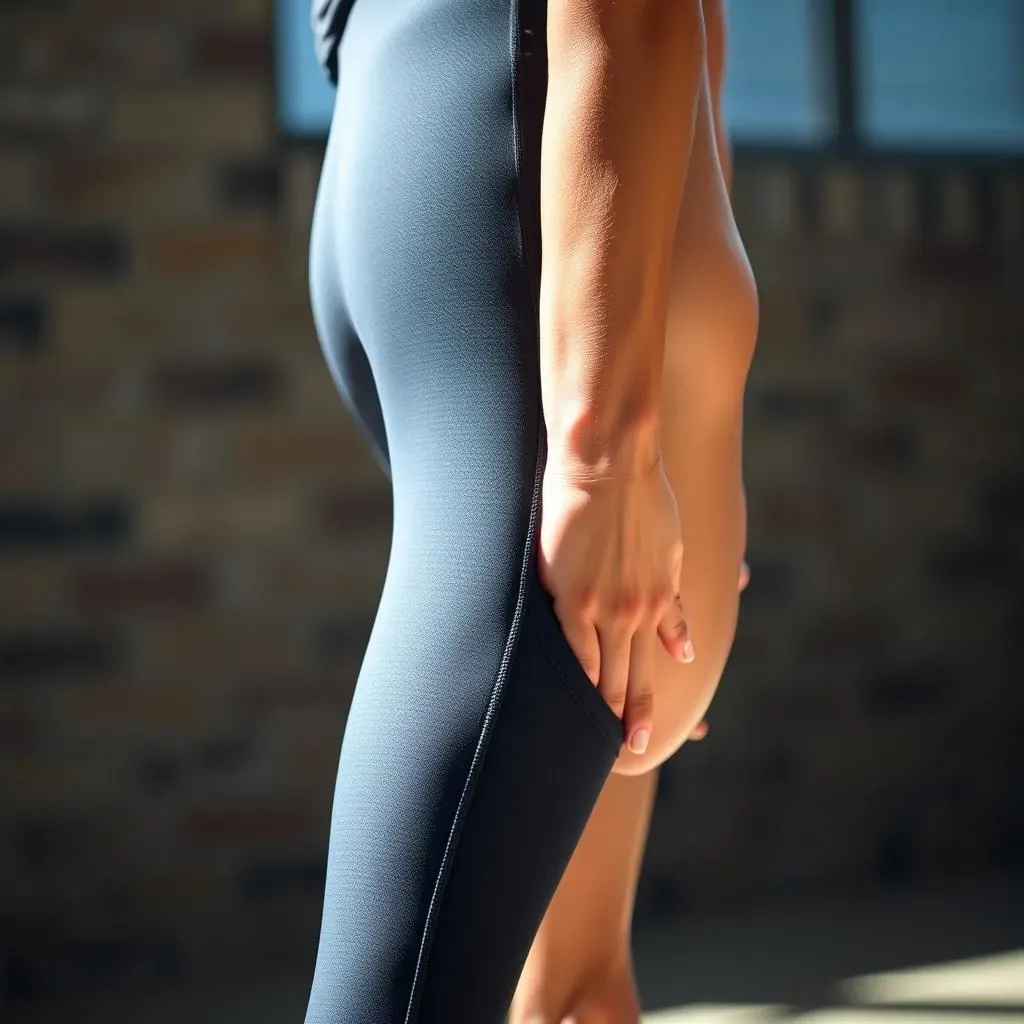
Benefits of Compression in Yoga Pants: Performance and Recovery
Enhanced Performance During Workouts
When you're pushing your limits in yoga, Pilates, or any other workout, every little advantage counts. Compression yoga pants can give you that edge. The improved blood flow, thanks to the graduated compression, means your muscles get more oxygen and nutrients precisely when they need them most. This can translate to increased endurance, allowing you to hold poses longer, power through more reps, or simply feel less fatigued during your session. It's like having a secret weapon that helps you squeeze out that extra bit of performance.
Moreover, that muscle stabilization we talked about earlier? It's not just about reducing injury risk. By minimizing muscle vibration, compression yoga pants help you conserve energy. This means you're not wasting precious energy on unnecessary muscle movement, allowing you to focus on the task at hand and perform at your best. Think of it as streamlining your movements for maximum efficiency.
Faster Recovery and Reduced Soreness
The benefits of compression yoga pants don't stop when your workout ends. In fact, they can be particularly valuable during the recovery phase. Remember that improved blood flow? It continues to work its magic after you've finished exercising, helping to flush out metabolic waste products like lactic acid that contribute to muscle soreness. By speeding up the removal of these waste products, compression can help reduce post-workout soreness and stiffness, allowing you to bounce back faster and get ready for your next session.
Furthermore, the reduced muscle vibration can also play a role in recovery. By minimizing the micro-trauma that occurs during exercise, compression can help reduce inflammation and promote faster tissue repair. This means you'll be less likely to experience delayed-onset muscle soreness (DOMS), that dreaded stiffness that can set in a day or two after a tough workout. With compression yoga pants, you can recover more quickly and feel more comfortable in the days following intense activity.
Choosing the Right Compression Yoga Pants: Fit, Fabric, and Features
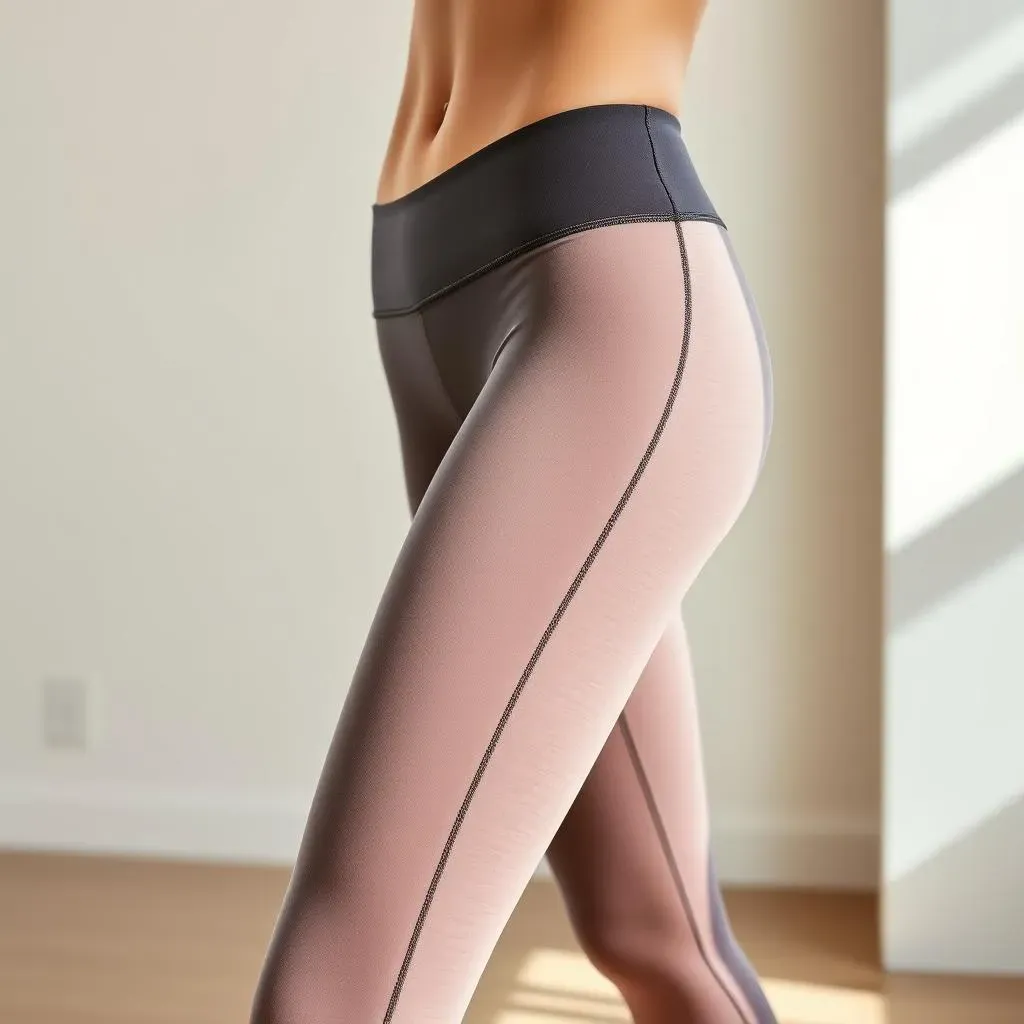
Choosing the Right Compression Yoga Pants: Fit, Fabric, and Features
Finding Your Perfect Fit
Fit is paramount when it comes to compression yoga pants. Too loose, and you won't get the benefits of compression; too tight, and you'll feel like you're being squeezed in a vise. Start by checking the brand's sizing chart and measuring yourself accurately. Pay attention to both waist and inseam measurements. Keep in mind that compression fabrics tend to run smaller than regular activewear, so you might need to size up. When you try them on, they should feel snug but not constricting. You should be able to move freely without feeling like your circulation is being cut off. Squat, lunge, and twist to ensure they stay in place and don't ride down or bunch up.
Also, consider the rise of the waistband. High-waisted compression yoga pants are a popular choice because they provide extra tummy control and a secure feel. However, if you prefer a lower rise, there are plenty of options available. The key is to find a waistband that stays in place during your workouts and doesn't dig into your skin.
Decoding the Fabric: Compression Level and Feel
The fabric of your compression yoga pants plays a crucial role in both the level of compression and the overall feel. Look for high-performance fabrics that offer a good balance of support, breathability, and moisture-wicking properties. Many brands use blends of nylon and spandex or polyester and spandex. The higher the percentage of spandex, the more compression the fabric will provide. However, more compression isn't always better. Consider the intensity of your workouts and your personal preferences. For high-impact activities, you might want a higher level of compression, while for gentle yoga, a lighter compression might be more comfortable.
Pay attention to the feel of the fabric against your skin. Some compression fabrics can feel a bit stiff or scratchy, while others are soft and smooth. Look for fabrics that are comfortable to wear for extended periods and that won't cause chafing. Also, consider the breathability of the fabric. Compression pants tend to be warmer than regular yoga pants, so you'll want a fabric that allows for good airflow to prevent overheating.
Feature | Considerations |
|---|---|
Fit | Accurate measurements, snug but not constricting, squat test |
Fabric | Nylon/spandex or polyester/spandex blends, breathability, moisture-wicking |
Compression Level | Light, moderate, or high; consider workout intensity |
Essential Features: Waistband, Pockets, and More
Beyond fit and fabric, there are several other features to consider when choosing compression yoga pants. The waistband is a critical element. Look for a wide, comfortable waistband that stays in place and provides support without digging in. Some waistbands have hidden pockets for storing small items like keys or a phone. If you plan to wear your compression yoga pants for running or other outdoor activities, consider features like reflective details for added visibility.
Another feature to consider is the inseam length. Compression yoga pants come in a variety of lengths, from capris to full-length. Choose a length that is appropriate for the weather and your personal preferences. Also, pay attention to the construction of the seams. Flatlock seams are less likely to cause chafing than traditional seams. Ultimately, the best compression yoga pants are the ones that fit well, feel comfortable, and meet your specific needs and preferences.
Are Compression Yoga Pants Right for You? Considerations and Recommendations
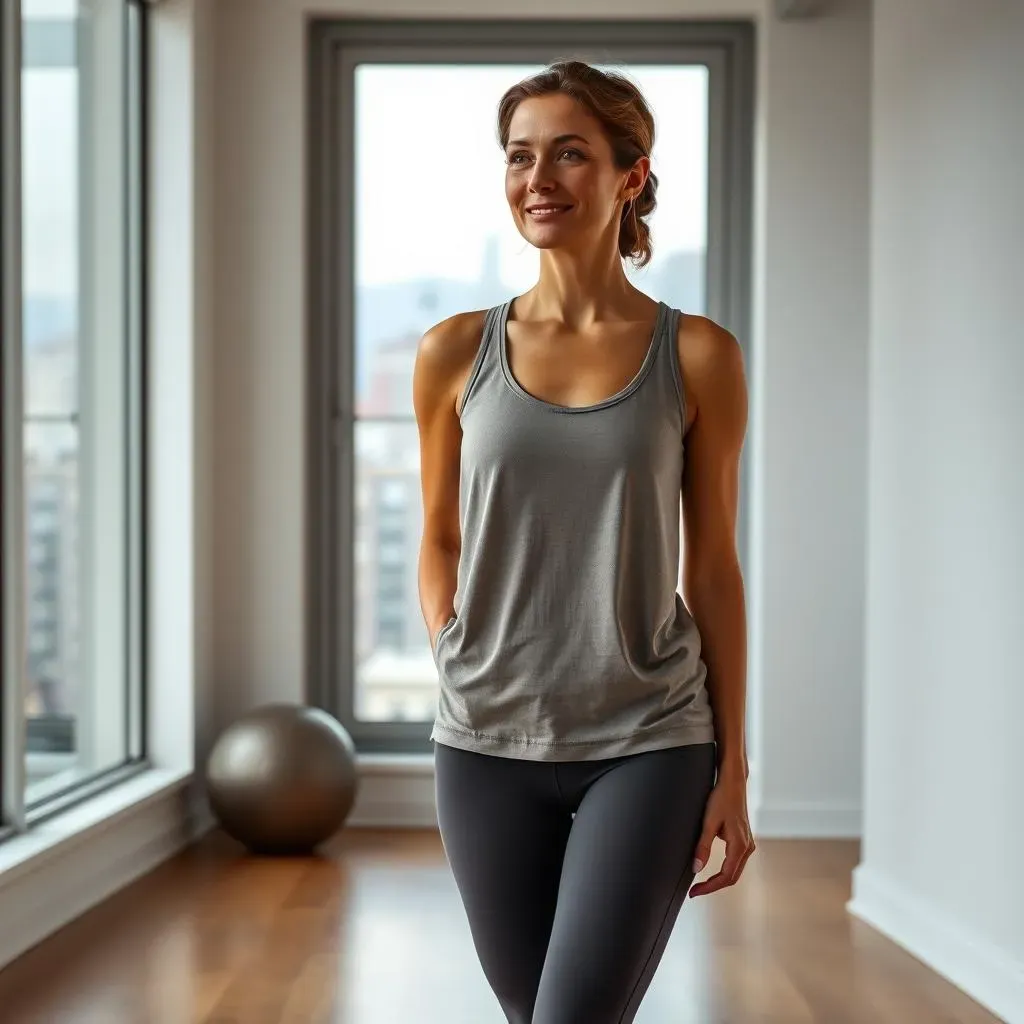
Are Compression Yoga Pants Right for You? Considerations and Recommendations
Weighing the Pros and Cons
So, are compression yoga pants the right choice for you? It really depends on your individual needs and preferences. If you're looking for enhanced performance, faster recovery, and added muscle support during intense workouts, then compression yoga pants might be a great investment. They can help improve blood flow, reduce muscle fatigue, and minimize soreness, allowing you to push yourself harder and recover more quickly. However, if you prioritize comfort and flexibility above all else, or if you're primarily engaged in low-impact activities like gentle stretching or meditation, then regular yoga pants might be a better fit. Compression pants can feel restrictive to some, and they're not always necessary for every type of workout.
Consider your personal preferences when making your decision. Do you like the feeling of being supported and held in, or do you prefer a looser, more unrestricted fit? Are you willing to sacrifice some comfort for the performance benefits of compression? Think about the types of activities you'll be doing and the level of support you need. If you're still unsure, try experimenting with a few different styles of compression yoga pants to see what works best for you.
Consideration | Question to Ask Yourself |
|---|---|
Workout Intensity | Do I primarily engage in high-impact or low-impact activities? |
Performance Goals | Am I looking to enhance performance and speed up recovery? |
Comfort Preference | Do I prefer a snug, supportive fit or a looser, more comfortable feel? |
Listening to Your Body: When to Wear (and When Not To)
Ultimately, the best way to determine if compression yoga pants are right for you is to listen to your body. Pay attention to how you feel when you wear them during different types of activities. Do they make you feel more supported and energized, or do they feel restrictive and uncomfortable? If you experience any pain or discomfort, stop wearing them immediately. Compression garments are not for everyone, and it's essential to prioritize your comfort and well-being.
Also, be aware that compression yoga pants are not a substitute for proper training, nutrition, and rest. They're a tool that can help enhance your performance and recovery, but they're not a magic bullet. Make sure you're taking care of your body in all aspects of your life, and use compression yoga pants as part of a comprehensive fitness strategy. And of course, consult with a healthcare professional if you have any underlying medical conditions or concerns about wearing compression garments.
Conclusion: Finding the Right Fit with Compression Yoga Pants
So, are yoga pants compression? The answer, as we've explored, isn't a simple yes or no. While some yoga pants offer compression benefits, it's crucial to understand the level and type of compression you're getting. Ultimately, the best choice depends on your individual needs, preferences, and the activities you'll be engaging in. By considering the factors we've discussed – from the science of compression to the fit and fabric of the pants – you can confidently select a pair of compression yoga pants that supports your performance, enhances your comfort, and helps you reach your fitness goals. Whether you're seeking enhanced muscle support, improved circulation, or simply a flattering silhouette, the right pair of compression yoga pants can make all the difference.
